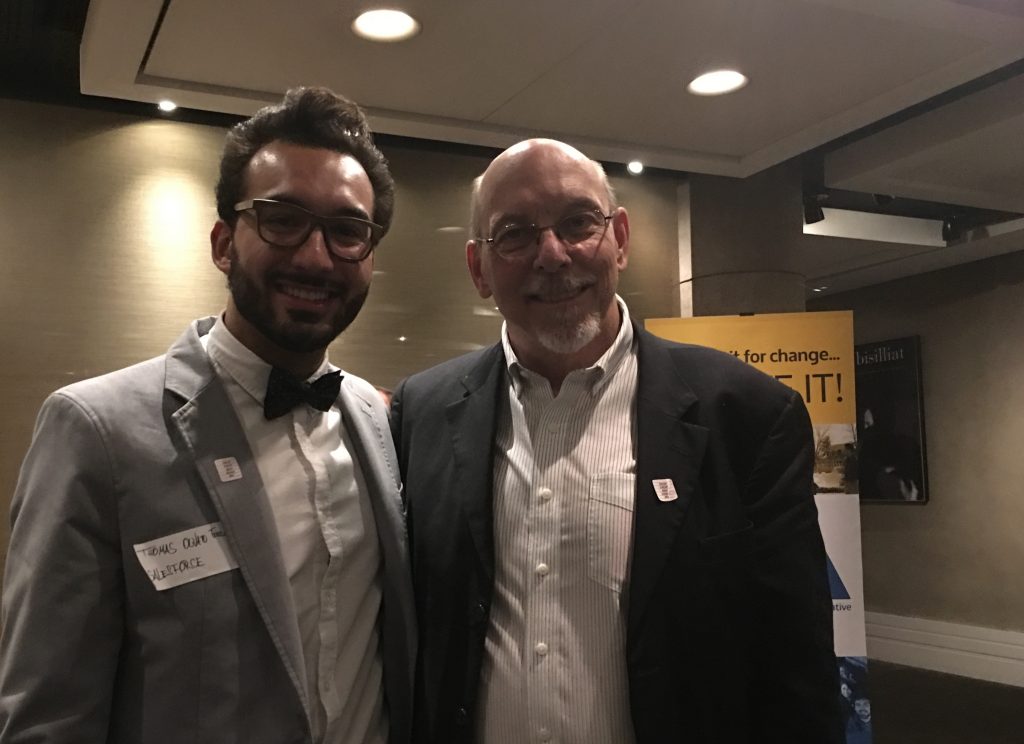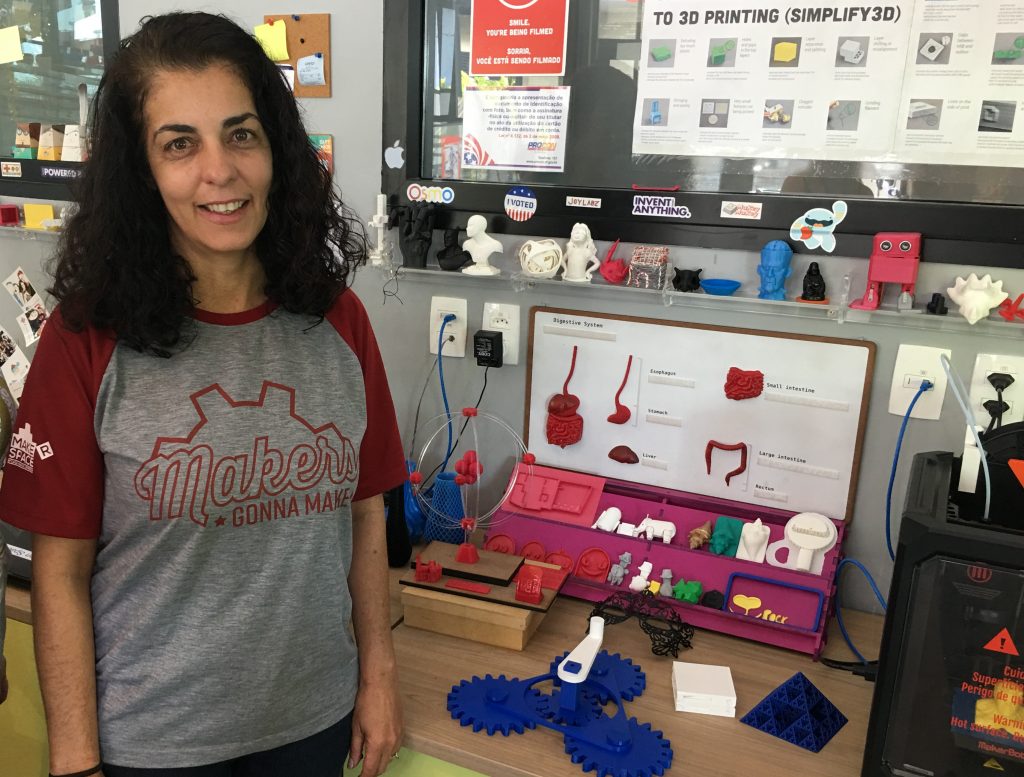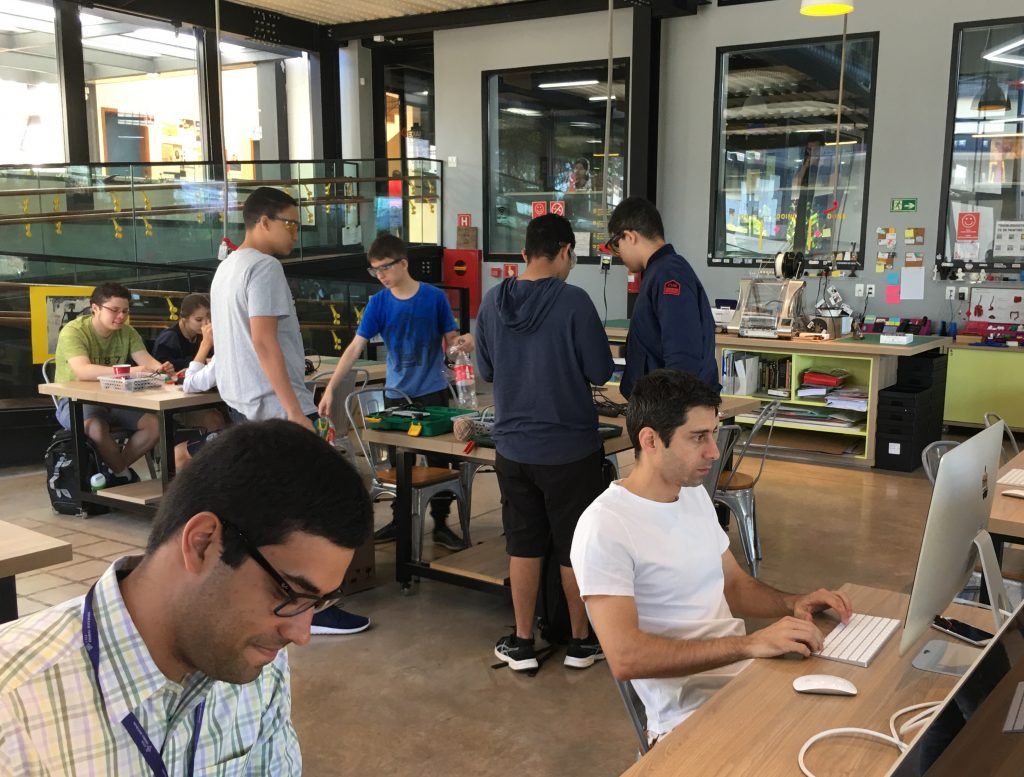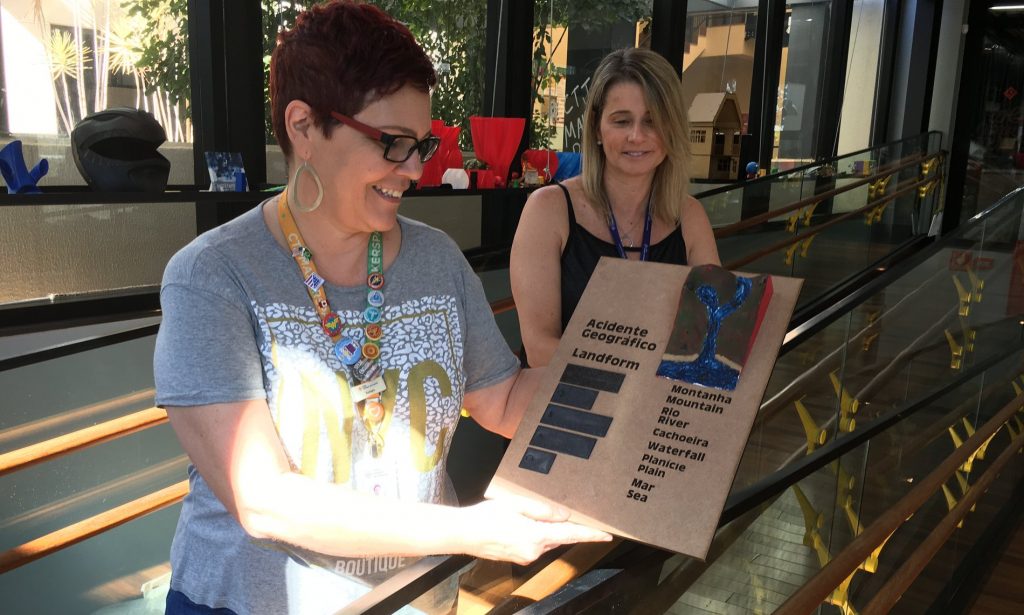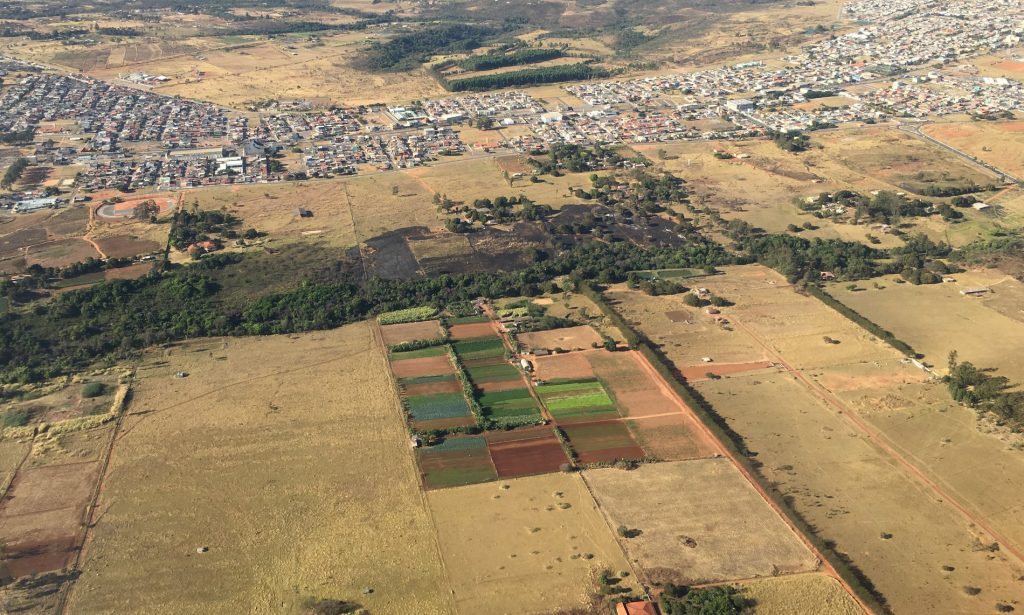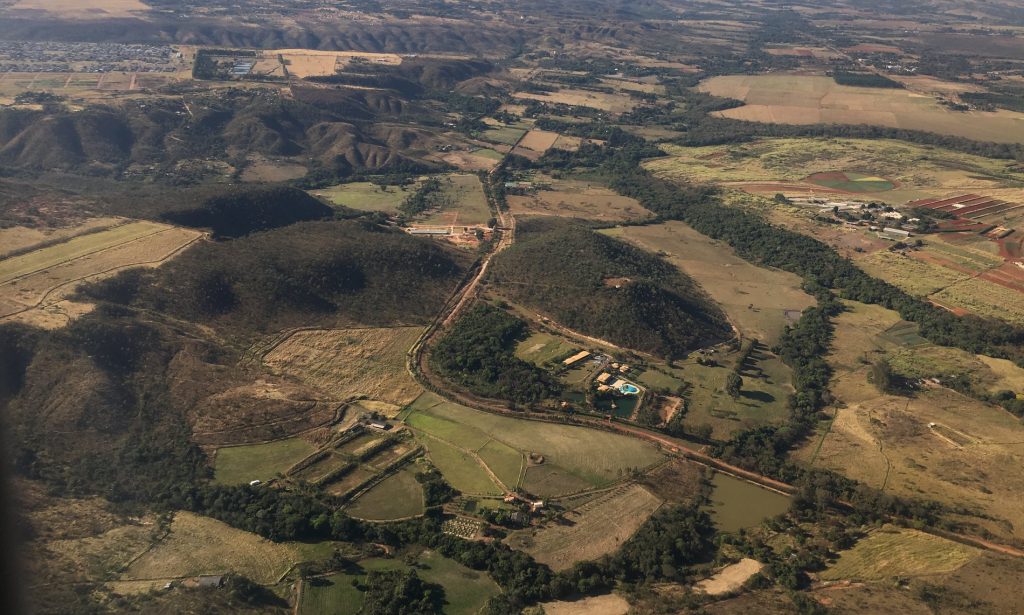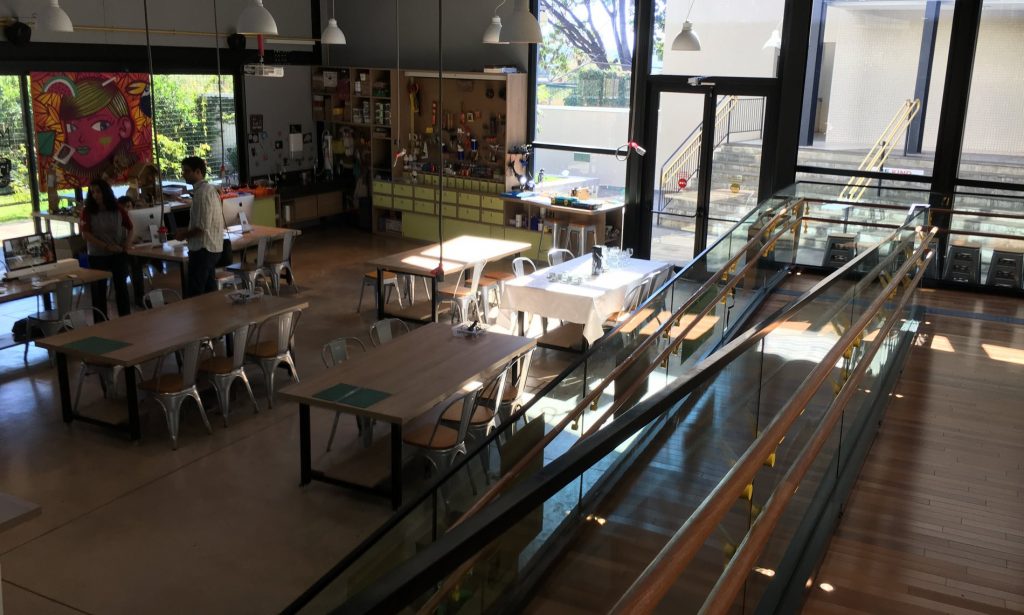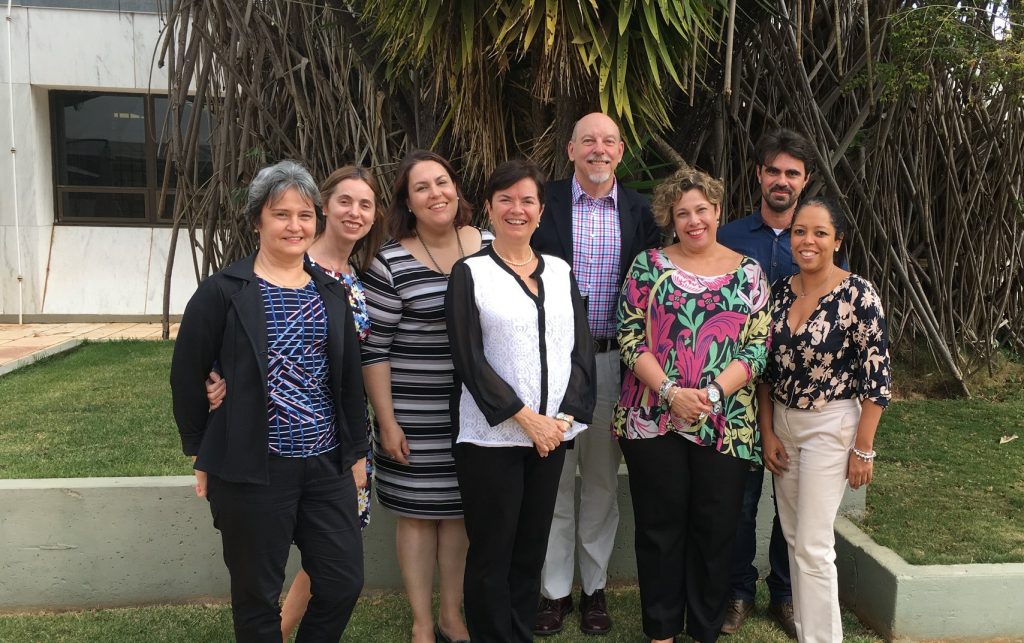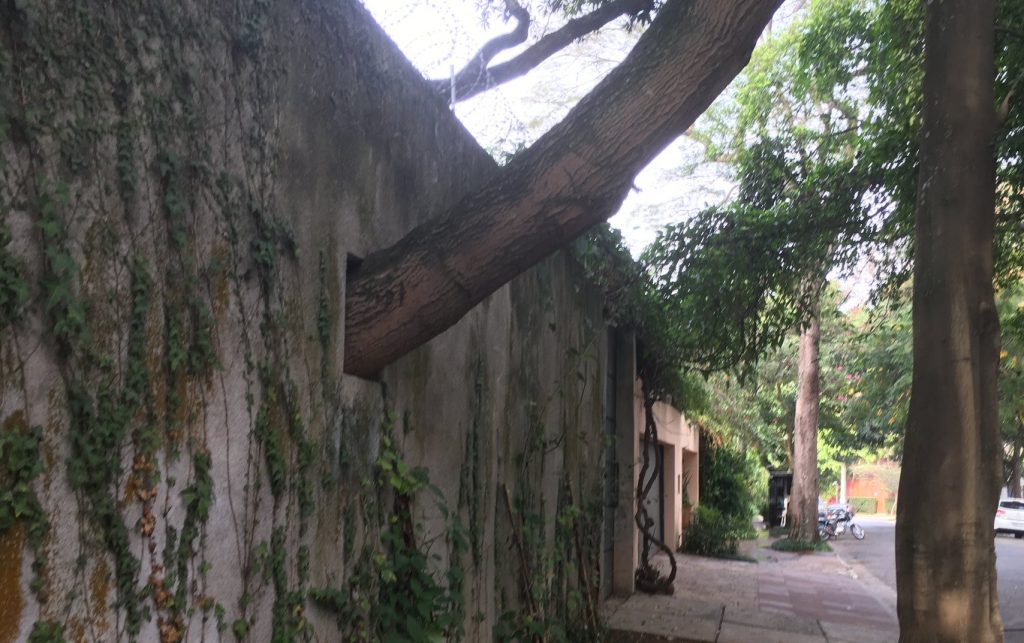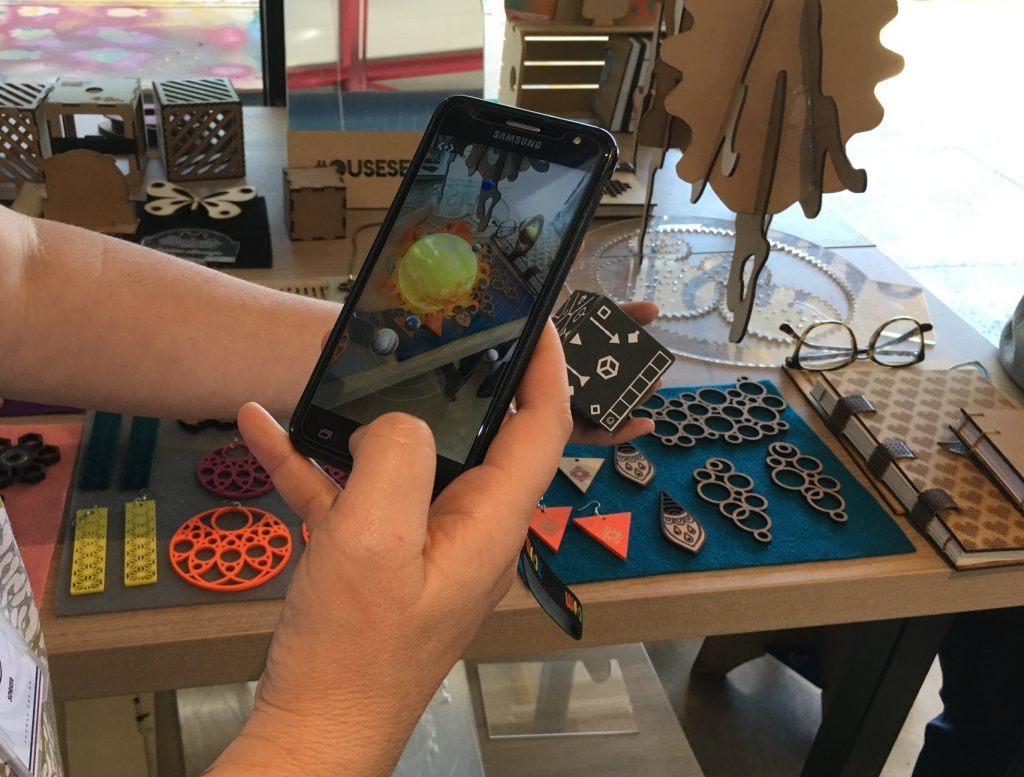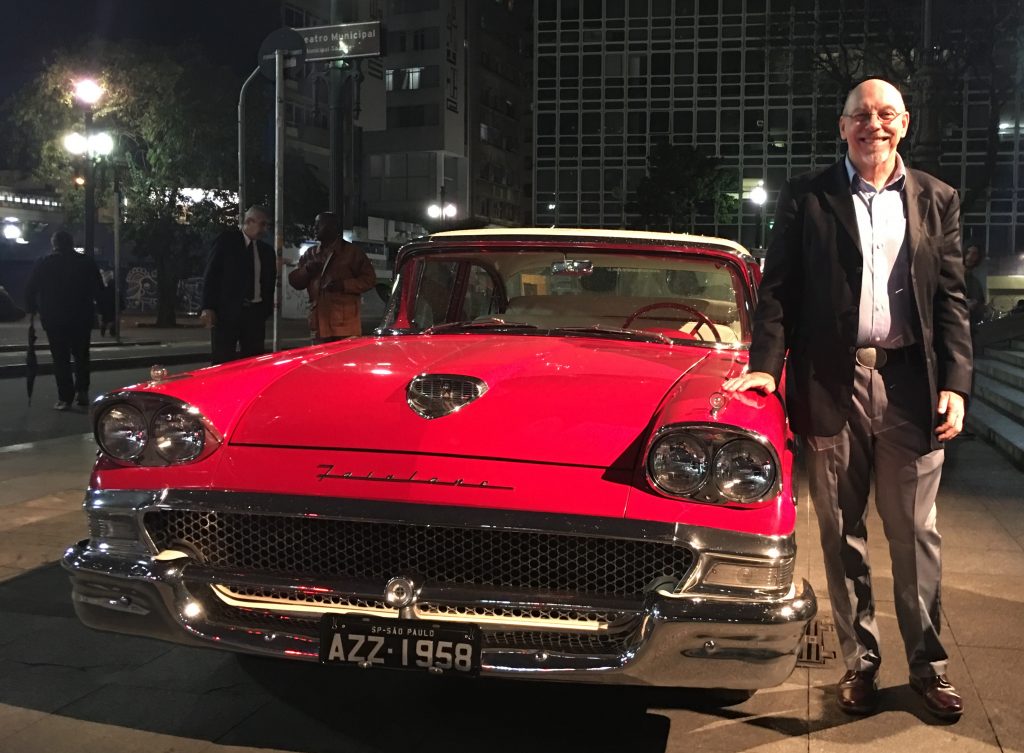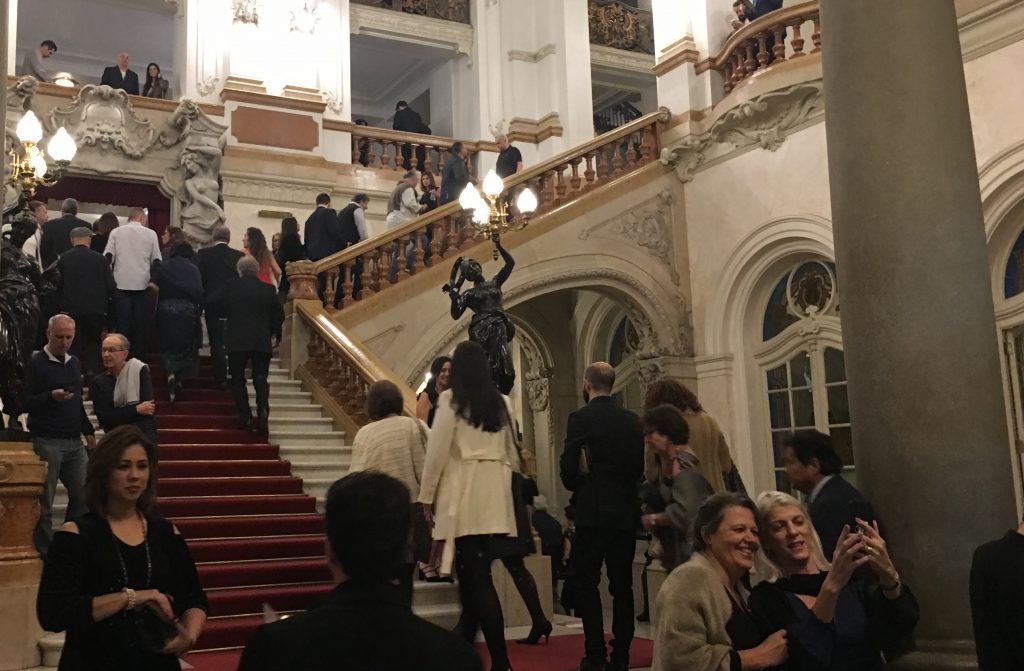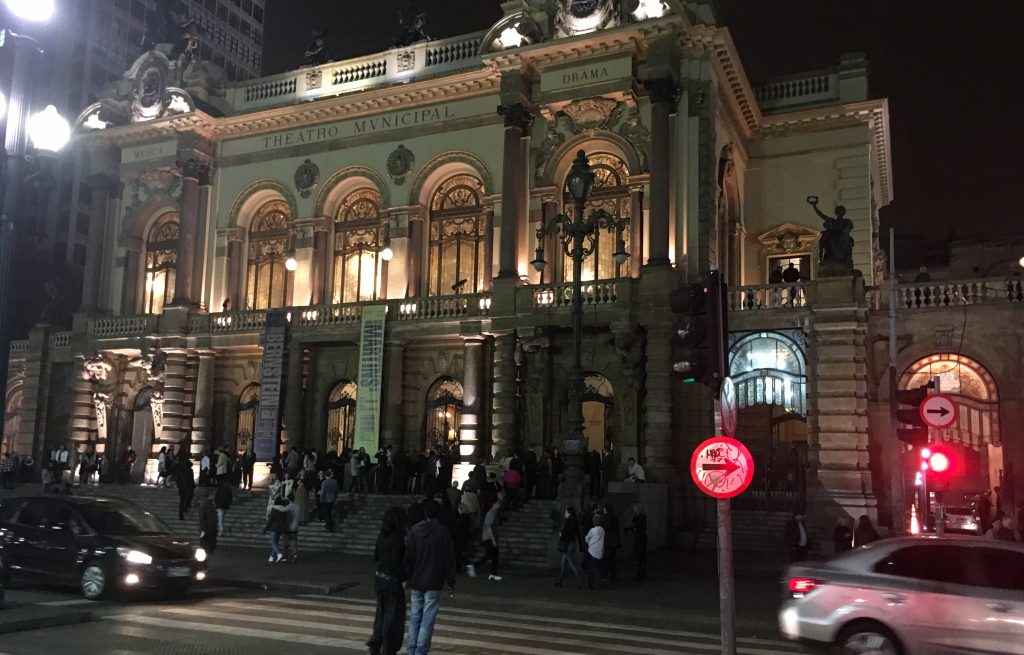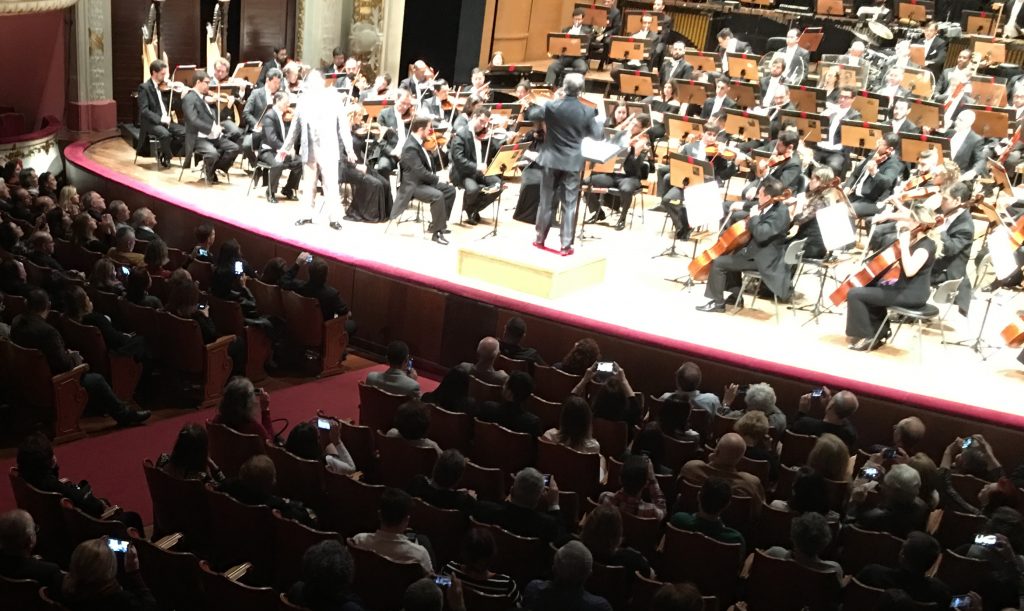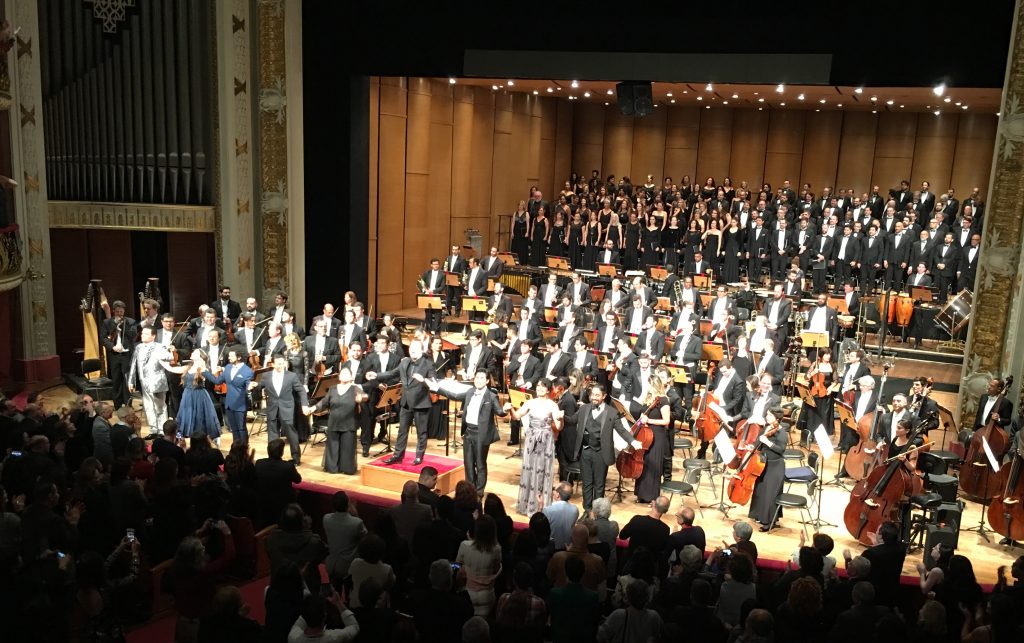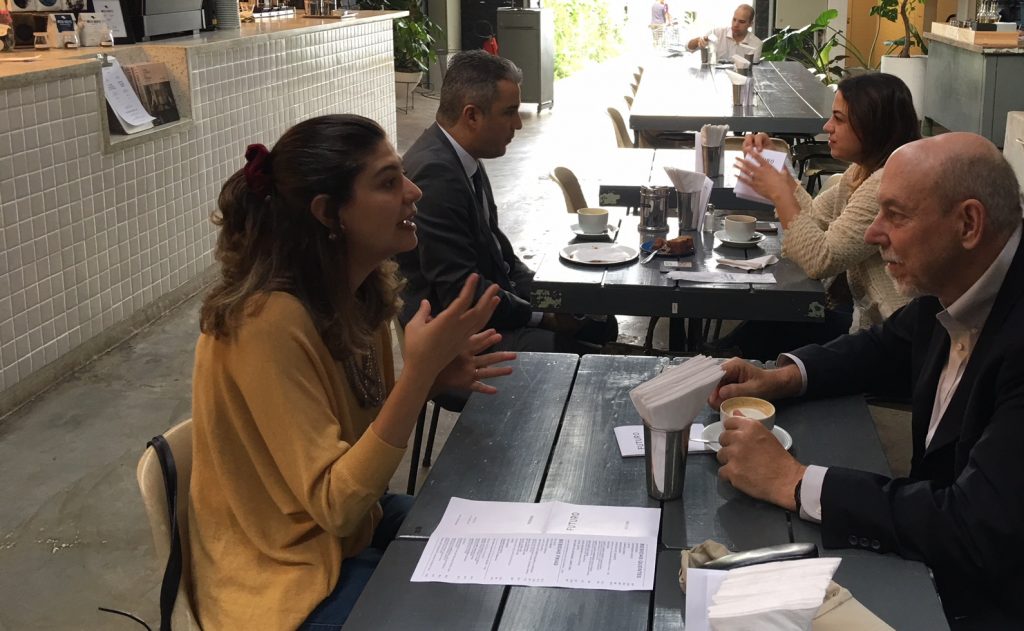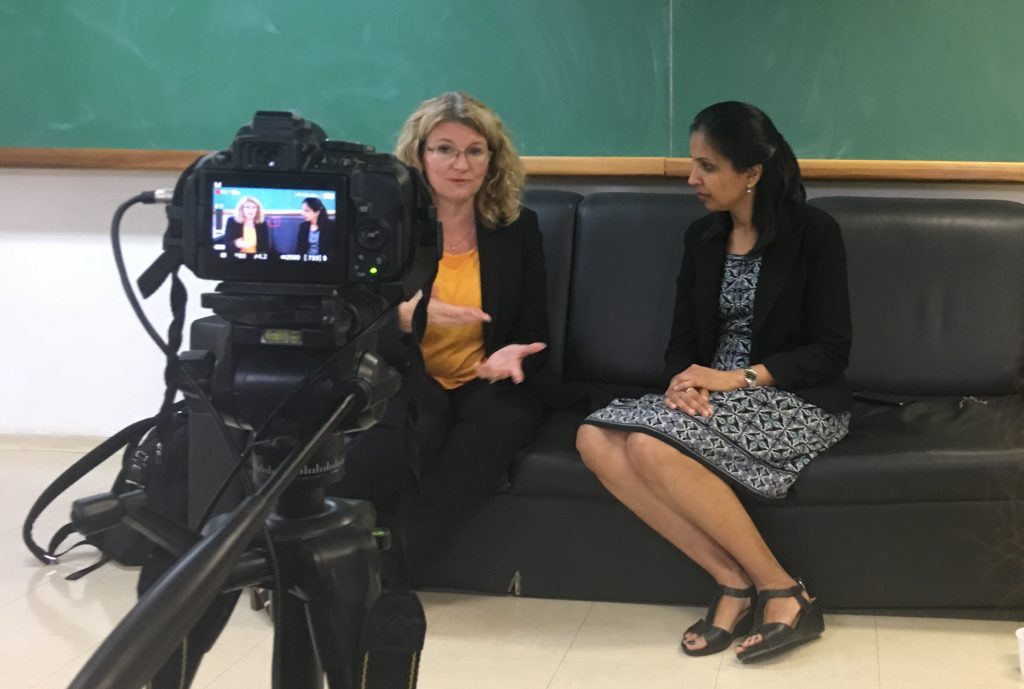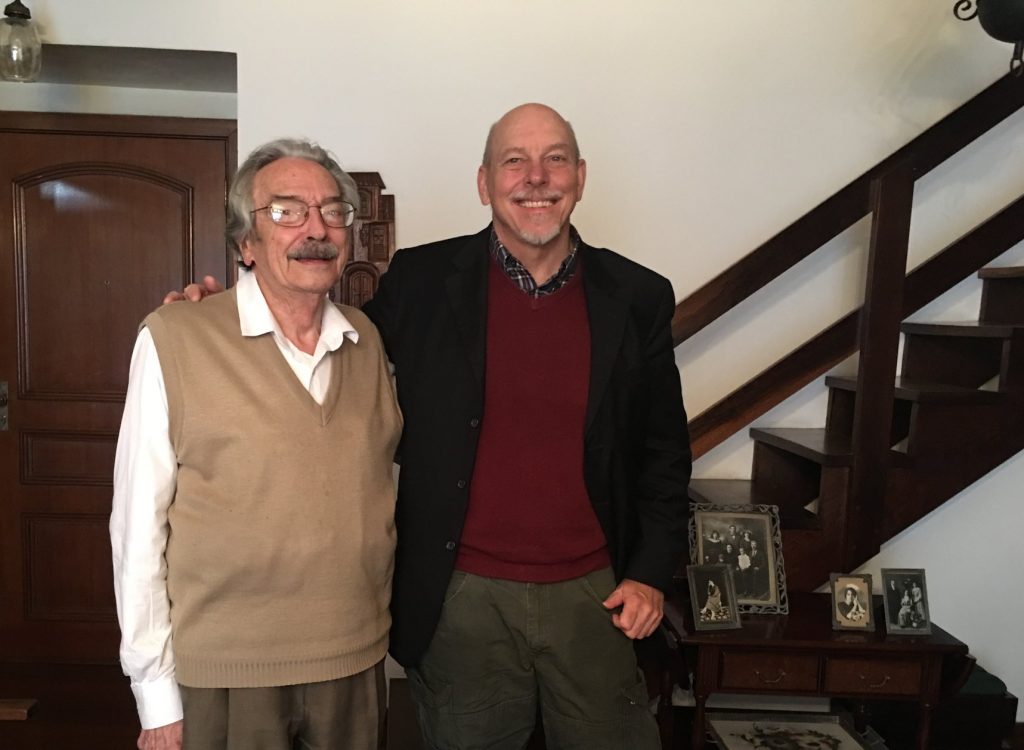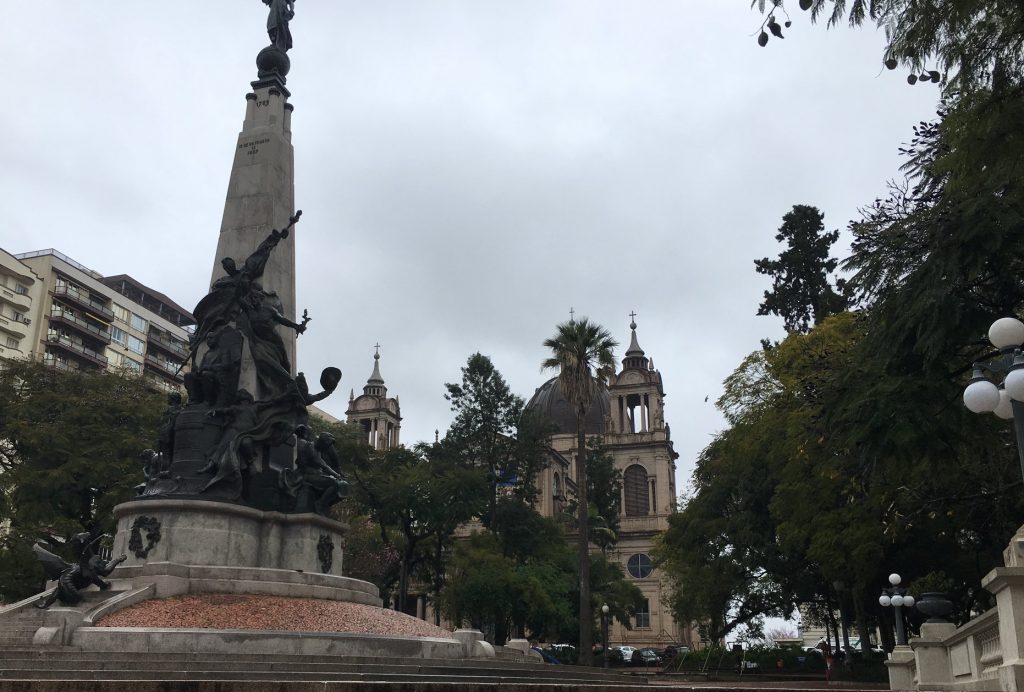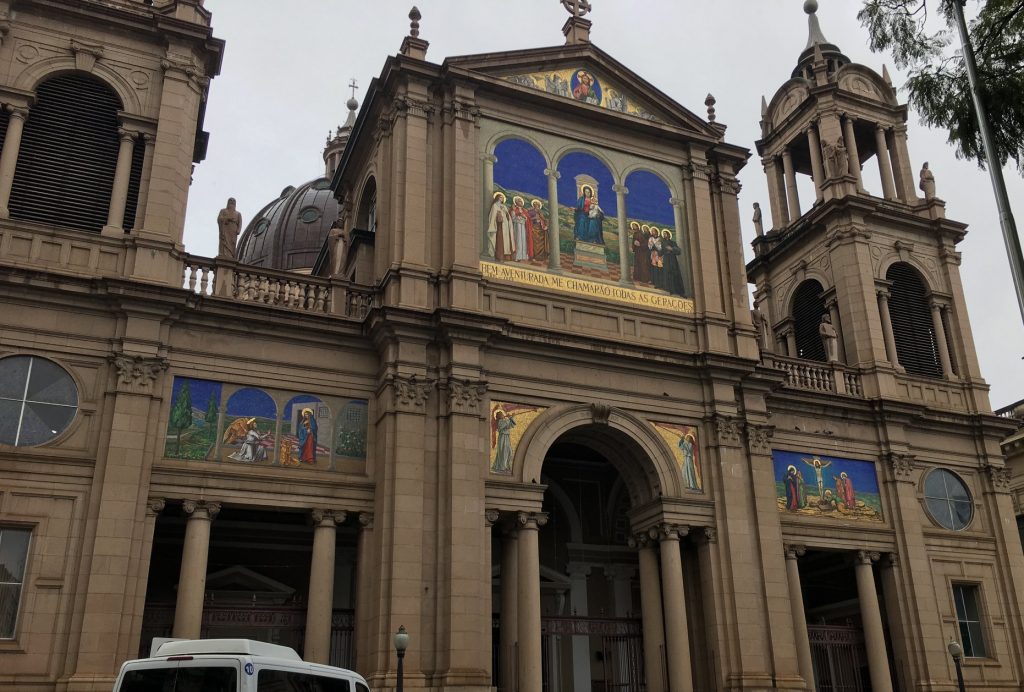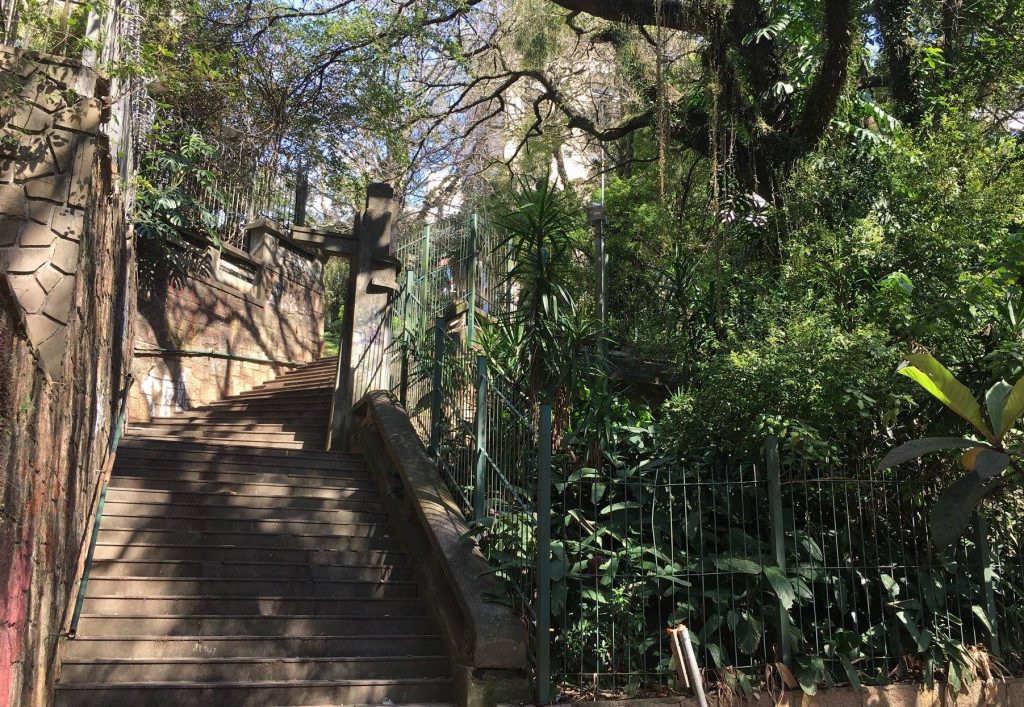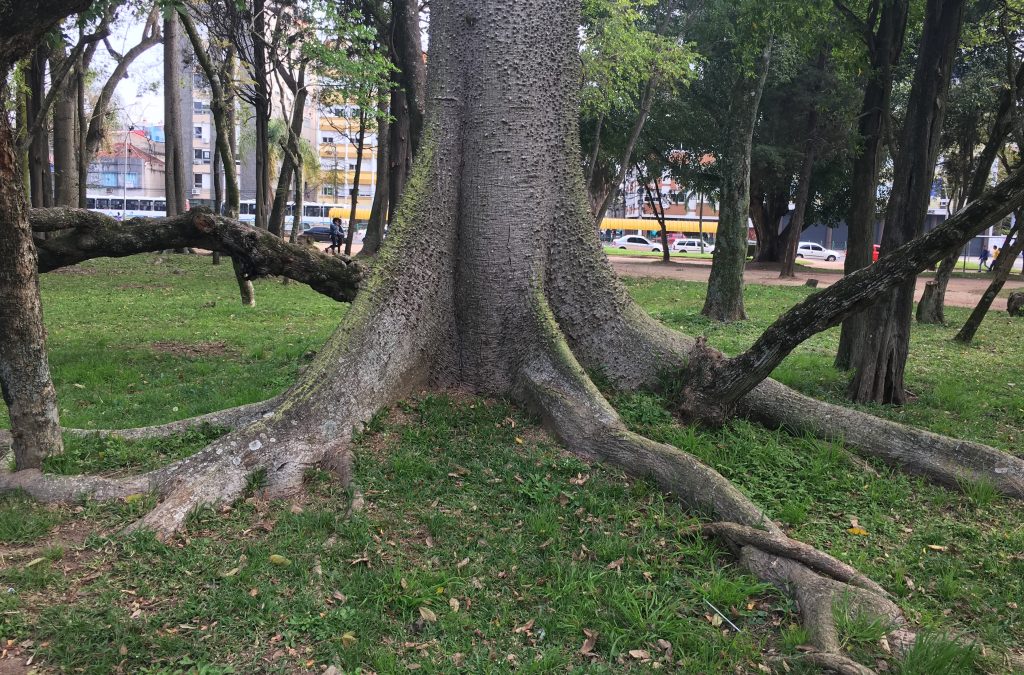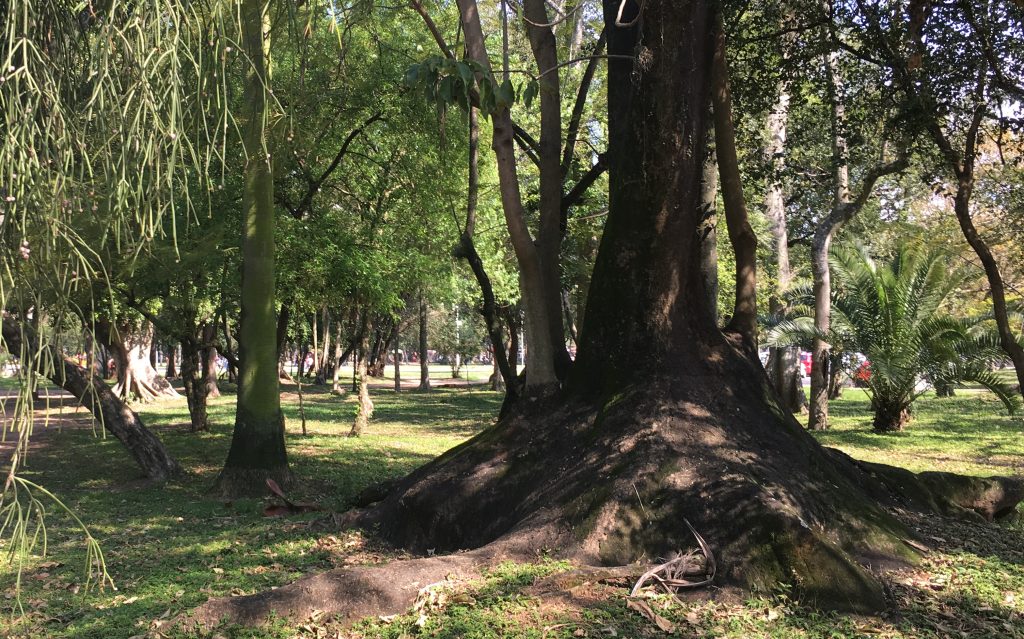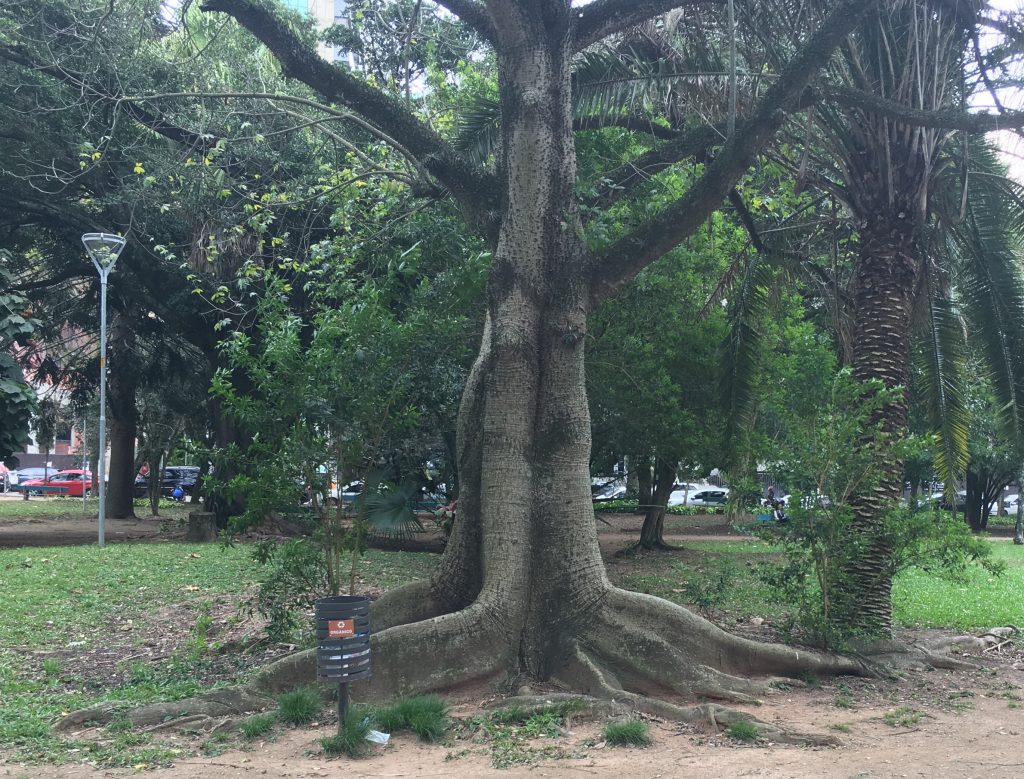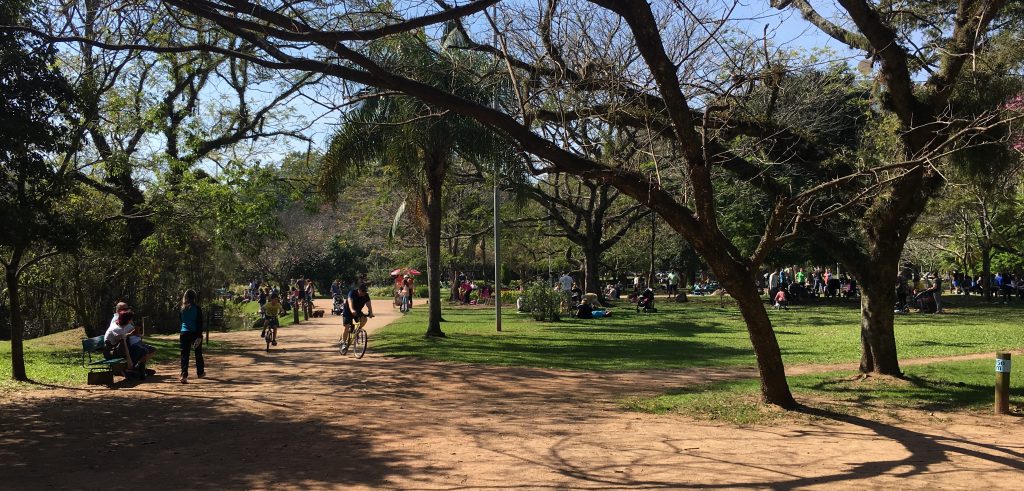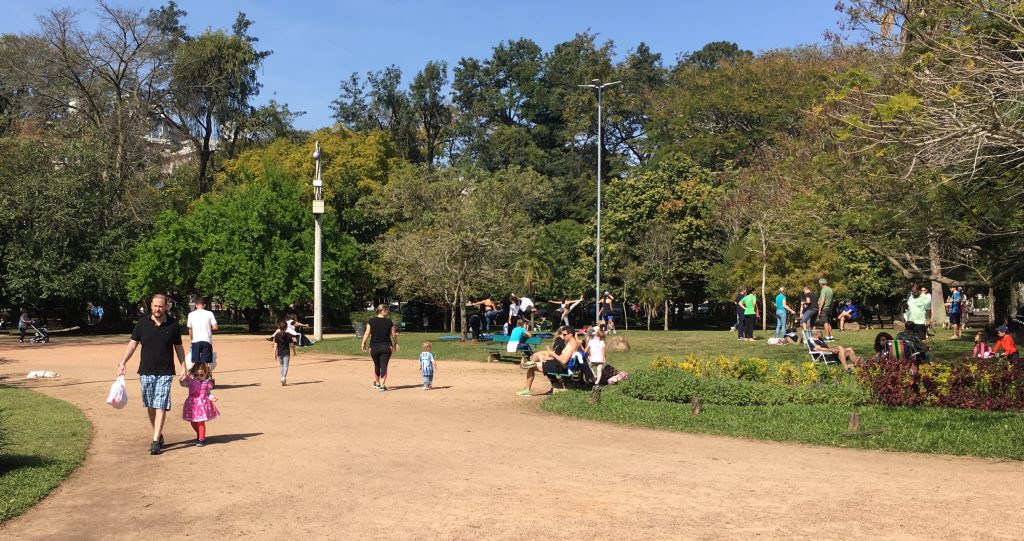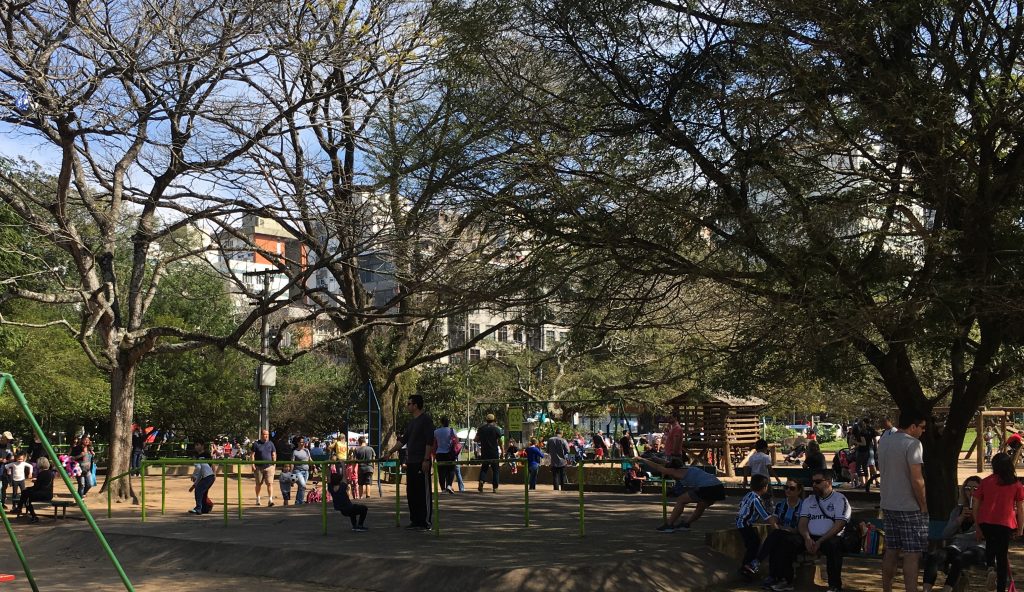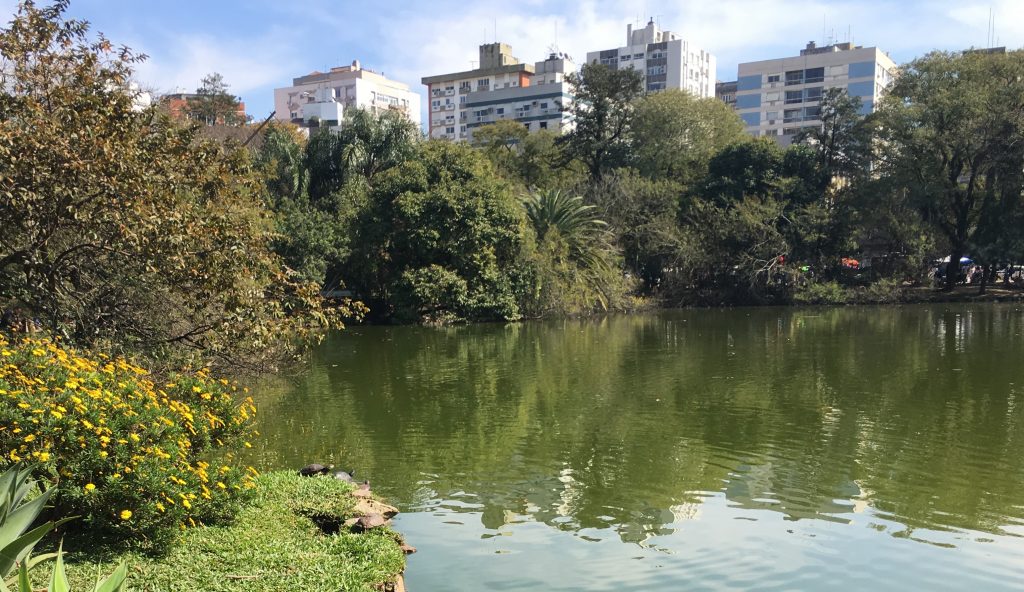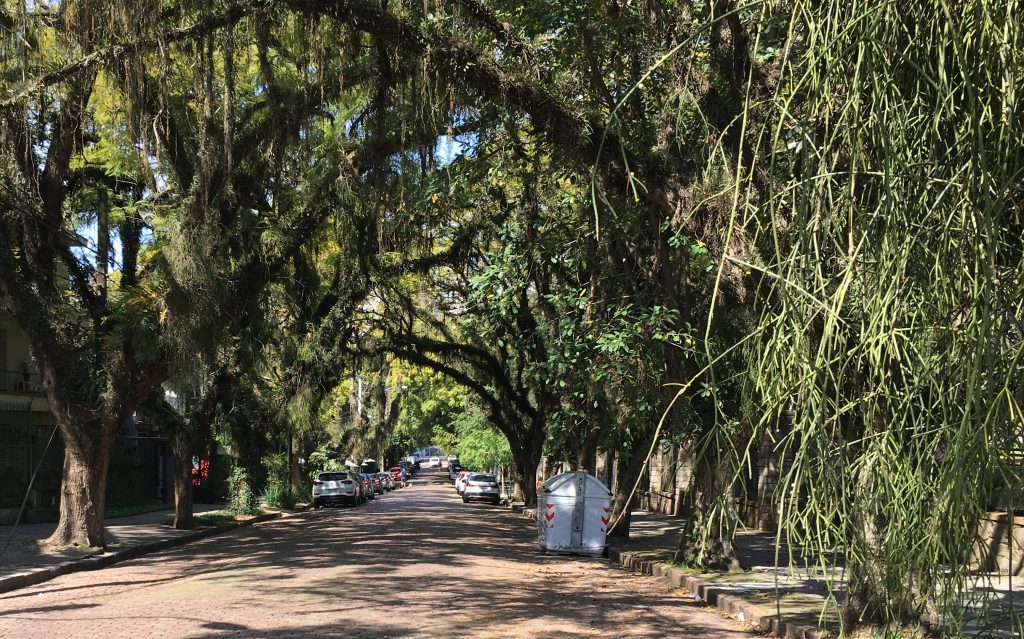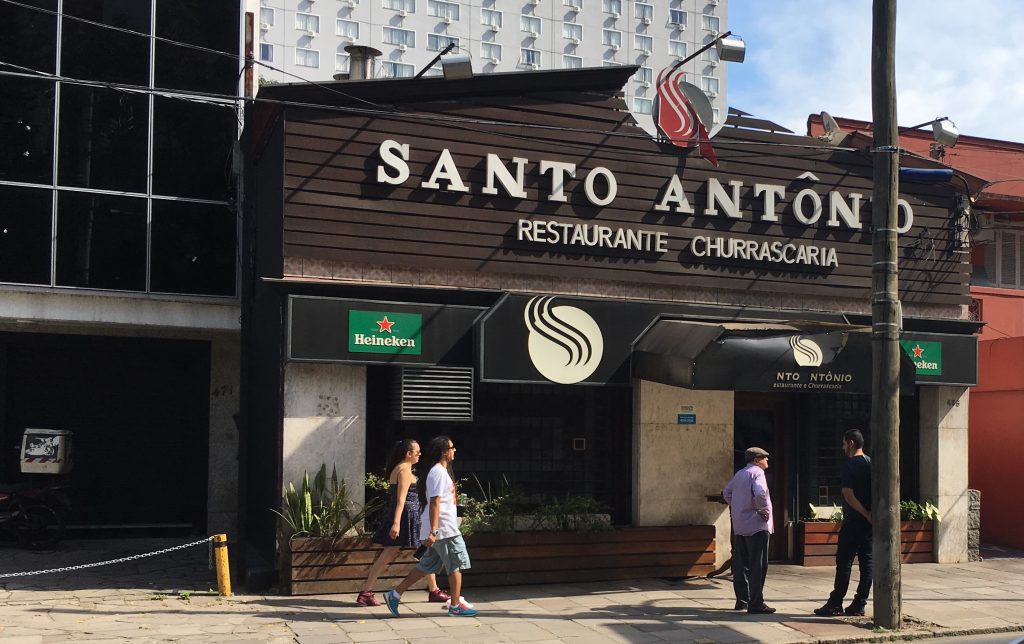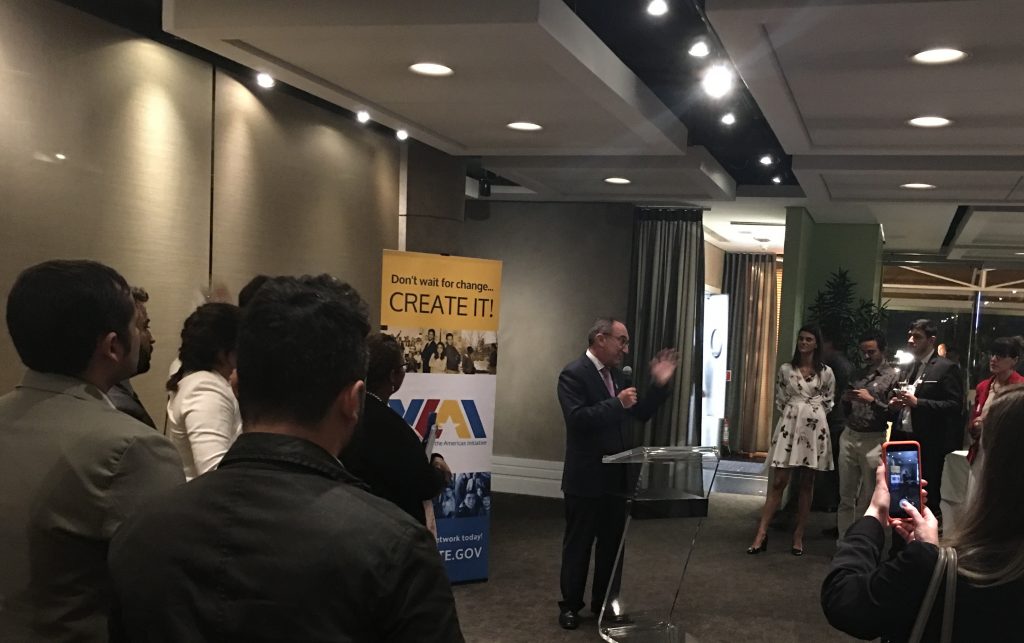
Innovation is hard to measure and nearly impossible to anticipate. After all, innovation means something new or at least different. If it is not discontinuous to previous developments, it is not much of an innovation, after all.
All of the returning Young Leaders of the Americas (YLAI) alumni were practicing entrepreneurs in Brazil and all of those about to embark on their exchange program hoped to be. I will not explain the YLAI program here, since you can get information more directly from the YLAI Link. For our purposes here, it is enough to know that we were attending a reception for alumni and those just going out.
This was a network opportunity, in keeping with the YLAI goals of creating and maintaining networks. I talked to both returnees and outgoing YLAI, rather more returnees, since I was interested in their experiences in the USA and since their return. The returnees were very enthusiastic about talking. They took their networking seriously. People I talked with had been to Kansas City, Atlanta, Palo Alto & Charlottesville, among other places.
They were interested in talking about their projects, but sometimes not as hopeful as I had hoped. One woman averred that America had spoiled her a bit. It was harder in Brazil, she said. Not only was there less access to capital for true start-ups, but the Brazilian society was less tolerant of failure. Still, everybody had some sort of working business. I suppose it might be an example of selection bias, since successful entrepreneurs would be more likely to show up for the reception.
The American appetite for risk is something I have heard about during my entire FS career. Everybody seems to notice it and many returnees comment. This was as true in my other posts as in Brazil. It is not always portrayed as a positive. There is an undertone that Americans are a little too insouciant.
But America tends to be the land of many chances. If you think you only have one shot, you tend to be much more cautious. I am not sure if this can be easily duplicated elsewhere. It comes not from programs that can be copied, but maybe from a more mobile society. We have a tradition, or at least a national myth, that we can pick up and move farther west or down the road. Form the time of the pioneers to Route 66, we are movers. I read that Americans are moving less than we did in the past. I wonder how this will affect our tolerance for failure.
I thought about my networking in the USA as compared to Brazil. Since I am here only a short time, I think I get only the one touch. I followed up with emails, but it is not the same as long term. In the USA, I have developed the “book gift” system. When I talk to someone, I often bring up a book I read about whatever we are discussing and in that age of Amazon, I can easily send them the book (providing a get an address). I am not sure if they really read the book, and I suspect most do not, but it is a powerful reminder and a commitment tailored to the needs of the person.
One of the most flattering things you can say to someone is, “I have been thinking about what you said, and you are right.” This says that in double. If I was going to be a full-time diplomat again, I would think of the equivalent.
have been enjoying my time in Brazil immensely, but I am getting a little tired. The daily (many times a day often) are rewarding but intense. I love it here. Brazilians are wonderful people, but will be ready to go home when my time is done.
My picture shows the new CG getting ready to address the YLAI meeting and me with one of the participants. I took a lot more pictures, at least I thought I did, but they seem not to be on my camera. Sorry.
Interesting subplot to the CG picture. Later in the evening I was speaking to the woman in the picture. We were speaking in Portuguese. She mentioned how hard it was for her to speak in English, which she was doing in the picture. I thought her English was fine. I had not noticed, which is the ultimate compliment (I told her) to someone speaking a foreign language. I guess we never feel comfortable, no matter how good we get.
